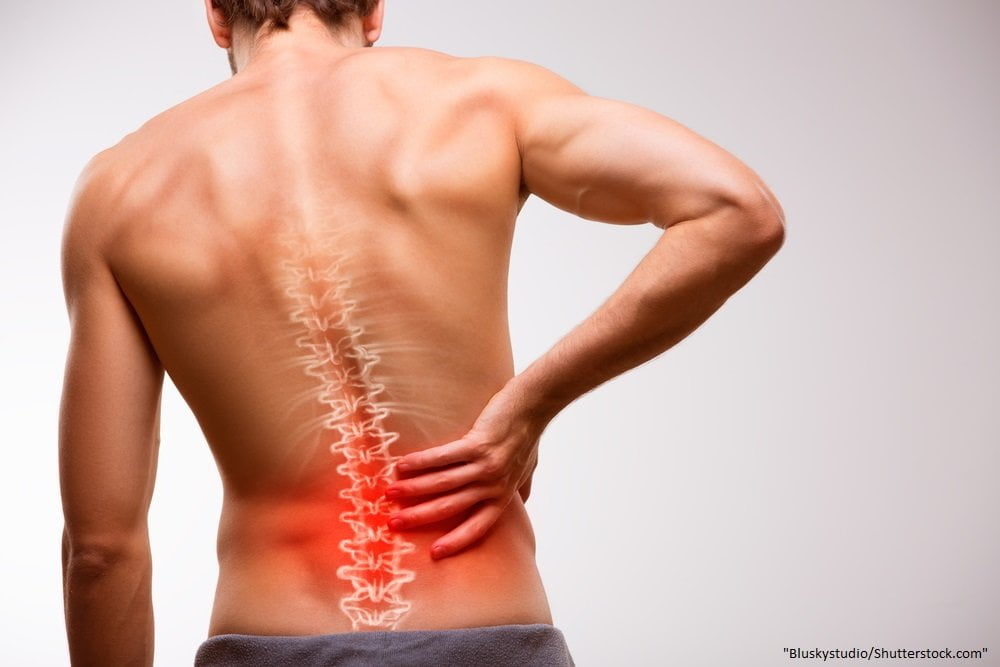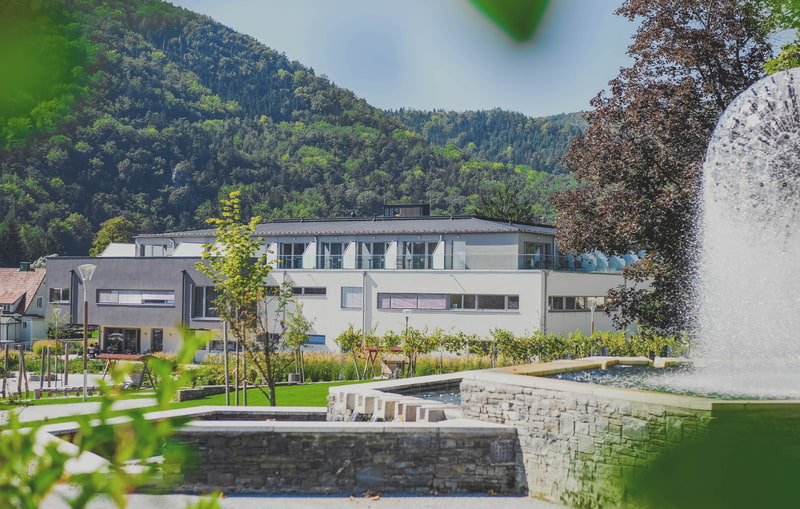Probably the best known disease of the intervertebral disc in this country is the herniated disc. Everyone knows the term and many even one or the other affected. The causes are manifold, the symptoms often very painful. In addition to the slipped disc, however, there are several other diseases of the spine. We have clearly presented the different clinical pictures below.
But first we would like to clarify an important question: Where are they actually found in the human body, the intervertebral discs? The spinal column consists of the vertebral bones and the intervertebral discs in between - 23 in total. Each of these consists of a connective tissue ring and a soft core. This central core is responsible for the mobility of the spine and also serves as a shock absorber. This means that the intervertebral discs cushion any load on the spine when walking, running, etc.

Disc disease can be alleviated by making general lifestyle adjustments. Make sure you get enough exercise and have the right posture, and reduce your body weight (if you are overweight).
Causes
Long-term incorrect or excessive strain on the spine, family history, spinal deformity, incorrect posture. Triggers in most cases are jumps, abrupt movements or incorrect lifting. Most often affected are people with sedentary jobs, overweight, untrained back muscles and women during pregnancy.
Symptoms
How a herniated disc is felt depends on the area of the spine that is affected:
Treatment
Only 1 in 10 cases requires surgery. In the other 9 cases, active exercise therapy combined with medication and physical pain management is usually sufficient. At the NUHR Medical Center, we have developed a multimodal treatment concept for this purpose, which makes use of all areas of physical pain therapy and is dedicated to the individual treatment needs of patients in the form of individual therapies.
In disc protrusion, the fibrous ring of the disc bulges outward (as opposed to disc herniation, in which the fibrous ring tears) - therefore, protrusion is often referred to as a precursor to disc herniation.
Causes
Similar to herniated discs, the causes are usually due to previous damage and long-term incorrect stress. Bulging discs are also usually triggered by a lightning-like movement during sports.
Symptoms
The condition can be painless, but can also lead to dull and sometimes burning pain in the spinal canal that radiates to other regions of the body (depending on the area of the spine in which the disc bulge occurs - the lumbar spine between the 4th and 5th vertebrae is most commonly affected).
Do you have a sedentary office job? Then make sure you have an ergonomic work environment with the right seating, correct screen height adjustment, etc. It is best to seek professional advice.
Univ.-Doz. Dr. Martin Nuhr, MSc. explains the treatment of a herniated disc at the NUHR Medical Center:
In the acute phase of a herniated disc, the main focus is on the pain - sometimes with but also without radiation. At the beginning, we primarily try to alleviate the pain by treating the irritation of the nerve root. This is done mainly by electrophysical therapies such as current treatments, ultrasound treatments, but also careful massage treatments, as well as low-level area laser therapies. Parallel to this, we start individualized gymnastic exercises, such as careful mobilization, relaxation and stretching exercises and, if necessary, already strengthening exercises, according to the patient's pain.
If the wide range of physical therapies is not sufficient, we naturally also administer medicinal pain therapy in the form of injections, infiltrations but also infusions. The goal is to reduce the patient's pain as quickly as possible (ideally pain-free) and at the same time to instruct him or her in a muscle-stabilizing home exercise program. This is achieved by combining targeted therapies with simultaneous, individualized administration.

You suffer from a slipped disc and would like to be treated by our specialists at the NUHR Medical Center?
We would be very happy to take care of your concern and your health - just use our inquiry form and get in touch!